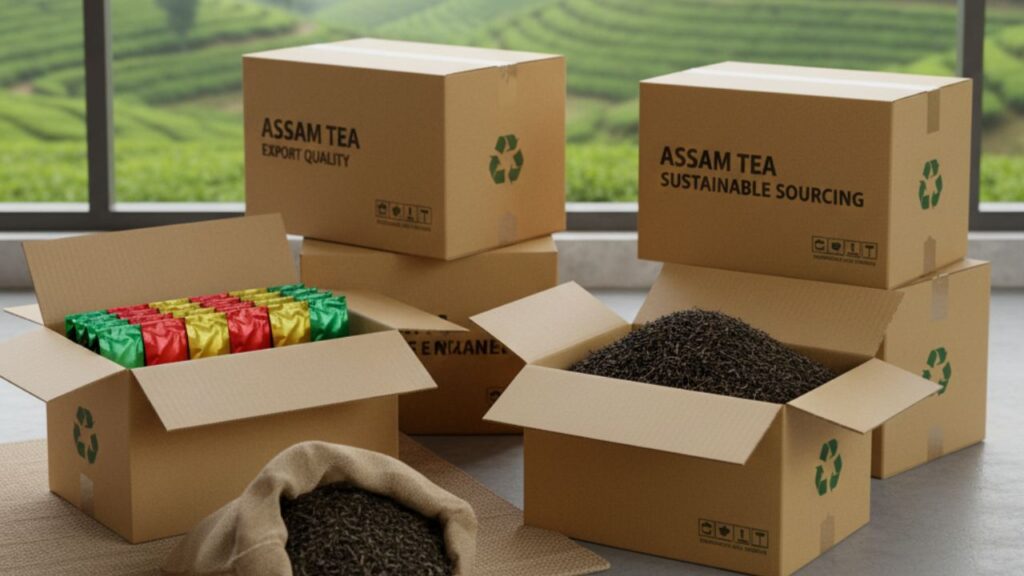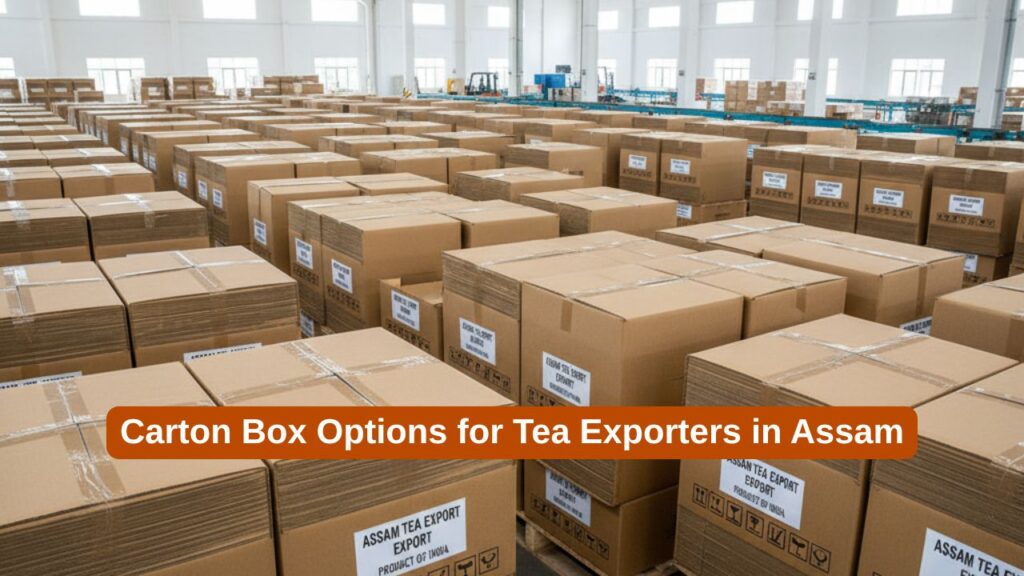What Exporters Need from Packaging
Before choosing a box, tea exporters typically look for packaging that:
Preserves aroma, freshness, moisture control
Protects from damage during transit (shock, vibration, compression)
Is compliant with food / export regulations
Displays branding clearly (logos, origins, grade)
Optimizes costs (weight vs protection, bulk pricing)
Structure and Style Considerations
Seal Types: Consider tuck-top, auto-bottom, crash-lock bottom for retail; for bulk exports, regular slotted containers (RSC) are simpler and sturdy.
Partitions / Inserts: For packaged teas in jars or tins, or when sending small retail units, use inserts or dividers inside cartons to prevent movement.
Ventilation / Breathability: Tea needs some air flow (depending on grade), but too much can invite humidity; choosing liner or packaging that balances this is key.
Stacking Strength: Export crates or cartons should be able to endure stacking in containers without buckling. That means ensuring compression strength through material choice and box design.
Protection Against Moisture & Smell
Use foil- or metallized-lined bags/sachets for the tea inside. Then pack these in cartons.
Cartons with coated or laminated liners help shield from moisture and external odors.
For transit through humid stages, consider water-resistant coatings or kraft paper with a moisture barrier.
Branding & Labelling

Use high-quality printing (offset/digital) on folding cartons or the carton exterior to showcase origin, grade, export info, batch.
Apply food safety certifications, grade markings, origin labeling clearly, to meet import country rules.
Finishes like matte/gloss lamination, embossing, foil stamping can help premiumize tea packaged for gift / speciality markets.
Export Packaging Compliance: Things to Verify
Carton materials must be food-grade, non-toxic.
Must meet export/import rules (labelling, weight, country of origin).
Must comply with fumigation / phytosanitary standards if wooden pallets/wood chests are used; otherwise, use corrugated cartons.
Certifications like FSSAI / ISO / organic / Fair Trade often require specific packaging documentation.
Practical Tips for Assam Tea Exporters
Order bulk standard boxes early to get better rates. For example, export cartons sized for 10-25 kg tea shipments.
Test sample shipments to check transit conditions (humidity, stacking pressure).
Optimize carton size – avoid empty space (wasted material, extra shipping cost) but avoid overpacking (risk crushing).
Work with packaging suppliers who can do custom sizes and who understand export volume needs.
Conclusion
Tea exporters in Assam have several good carton box options depending on whether you’re exporting small retail units or bulk sacks. The best formal choices often include:
Good quality three-ply corrugated boxes for lighter retail / mixed orders
Double-wall (five-ply / more) corrugated cartons for bulk, export shipments
Folding cartons or boards for premium gift / retail packs
Moisture / aroma protection via linings or coatings
Choosing the right combination of material, structure, moisture protection, and branding makes the difference between a tea arriving fresh & intact — versus one that loses aroma, quality, or is damaged.

